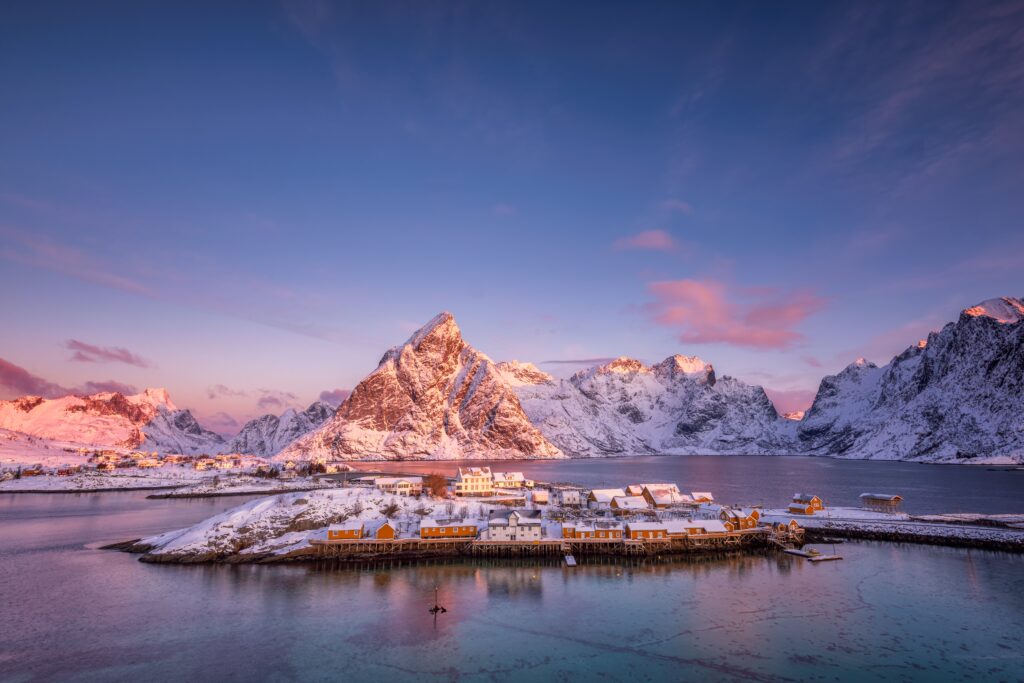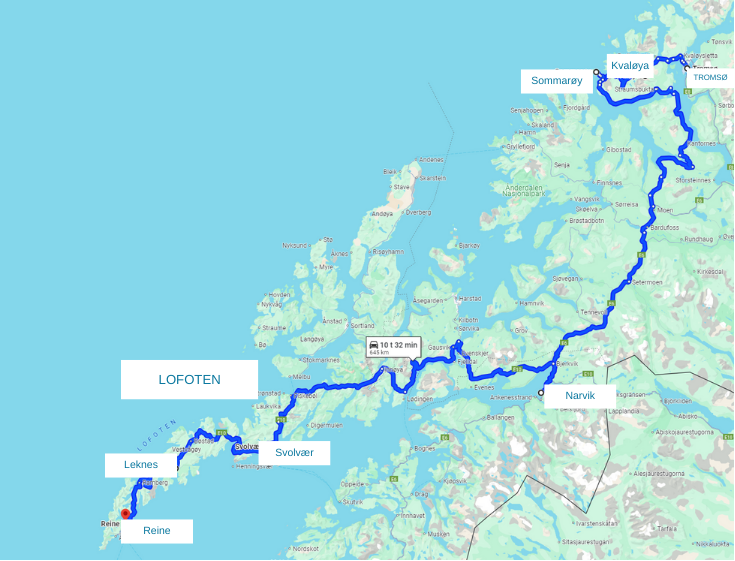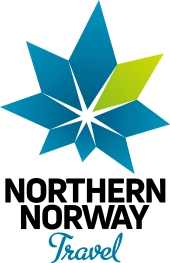LOFOTEN
A Nature's Masterpiece
A bit of history
Lofoten, an archipelago in Norway’s Nordland region, boasts a rich history shaped by its connection to the sea. Human settlement in Lofoten dates back to around 4000 BCE, with early inhabitants drawn by the abundant marine resources, including fish and seals. During the Viking Age (800–1066 AD), Lofoten became a significant hub, evidenced by discoveries like the large Viking longhouse at Borg on Vestvågøy. The Vikings in Lofoten were not just warriors but also traders, farmers, and fishermen, taking advantage of the region’s rich fisheries.
By the Middle Ages, the cod fisheries in Lofoten became central to the local economy, with dried cod, or “stockfish,” becoming a valuable export that was crucial to the Hanseatic League’s trade network. Fishing continued to dominate the region’s economy and culture for centuries, with traditional practices deeply ingrained in the way of life.
In the 20th century, Lofoten underwent modernization with the introduction of motorized fishing boats and better infrastructure, but fishing remained the backbone of the local economy. In recent decades, tourism has grown significantly, driven by Lofoten’s dramatic landscapes, the Northern Lights, and the Midnight Sun. Despite these changes, traditional fishing villages and practices continue to be an integral part of Lofoten’s identity, preserving its rich heritage and connection to the sea.

Fun Facts
- Arctic Surfing: Lofoten is a top spot for surfing in the Arctic, especially at Unstad Beach.
- Midnight Sun & Polar Night: Experience 24-hour daylight in summer and complete darkness in winter.
- Mild Climate: Despite its location, Lofoten has a surprisingly mild climate due to the Gulf Stream.
- Northern Lights: Lofoten is one of the best places to see the Northern Lights.
- Stockfish: Lofoten is famous for its centuries-old tradition of air-drying cod.
- Sea Eagles: It has one of the world’s highest concentrations of sea eagles.
- Scenic Villages: Picturesque fishing villages like Reine and Nusfjord are iconic.

What not to miss in Lofoten
Lofoten is known for its stunning landscapes, charming villages, and outdoor adventures. Here are some must-see places in Lofoten:
Reine
Often called the most beautiful village in Norway, Reine is famous for its picturesque scenery, with red rorbu (fishermen’s cabins) set against sharp mountain peaks.
Å
The village of Å, at the southern end of Lofoten, is home to the Lofoten Stockfish Museum and the Norwegian Fishing Village Museum, showcasing the islands’ fishing heritage.
Nusfjord
A UNESCO-listed traditional fishing village, Nusfjord offers a glimpse into Lofoten’s past with well-preserved wooden buildings and stunning coastal views.
Henningsvær
Known as the “Venice of Lofoten,” Henningsvær is a vibrant fishing village spread across several small islands, with art galleries, cafes, and picturesque harbors.
Kvalvika Beach
A secluded, stunning beach accessible via a short hike. It’s famous for its dramatic setting between steep cliffs and crystal-clear waters.
Svolvær
The largest town in Lofoten, Svolvær is a hub for adventure activities, including sea eagle safaris, fishing, and hiking. The iconic Svolværgeita (Svolvær Goat) rock formation is popular with climbers
Trollfjord
A narrow and dramatic fjord accessible by boat, Trollfjord is surrounded by steep cliffs and offers incredible scenery and wildlife viewing opportunities.
Lofoten Viking Museum
Located in Borg, this museum features a reconstructed Viking longhouse and provides insights into the Viking history of Lofoten.
Haukland Beach
Known for its white sand and turquoise water, Haukland Beach is perfect for a relaxing day or a scenic hike to nearby Uttakleiv Beach.
Unstad
A famous Arctic surfing destination, Unstad is known for its beautiful beach and waves that attract surfers from around the world.
These highlights offer a mix of natural beauty, culture, and adventure, making Lofoten an unforgettable destination.
Traveling Tromsø to Lofoten
The journey from Tromsø to Lofoten offers a rich array of natural wonders and scenic spots. Here are some must-see places and attractions along the way:
1. Tromsø
- Arctic Cathedral (Ishavskatedralen): An iconic modern church with striking architecture.
- Polaria: An Arctic aquarium and educational center with exhibits on Arctic wildlife.
- Tromsø Bridge: Offers panoramic views of Tromsø and the surrounding area.
2. Kvaløya Island
- Kvaløya: This island, part of the Tromsø region, features beautiful coastal landscapes, including fjords and mountains. Popular spots include Ersfjordbotn and the drive along the coast.
3. Sommarøy
- Sommarøy: A picturesque island known for its stunning white sandy beaches and turquoise waters. It’s a great spot for a short detour to enjoy the coastal scenery.
4. Narvik
- Narvikfjellet: Offers a panoramic view of Narvik and the surrounding area. There’s also a cable car if you want to get a bird’s-eye view of the region.
- Narvik War Museum: Provides historical insights into the town’s role in World War II.
5. Svolvær
- Svolvær: The gateway to the Lofoten Islands, known for its dramatic peaks and vibrant town center. Attractions include:
- Svolværgeita: A prominent peak offering great views and a popular climbing spot.
- Lofoten War Memorial Museum: Exhibits related to World War II.
6. Leknes
- Leknes: Located in central Lofoten, this town serves as a good base for exploring the surrounding natural beauty. Nearby highlights include:
- Haukland Beach: Known for its stunning white sand and clear waters.
- Ullsvåg: A charming village with great views of the surrounding mountains and sea.

